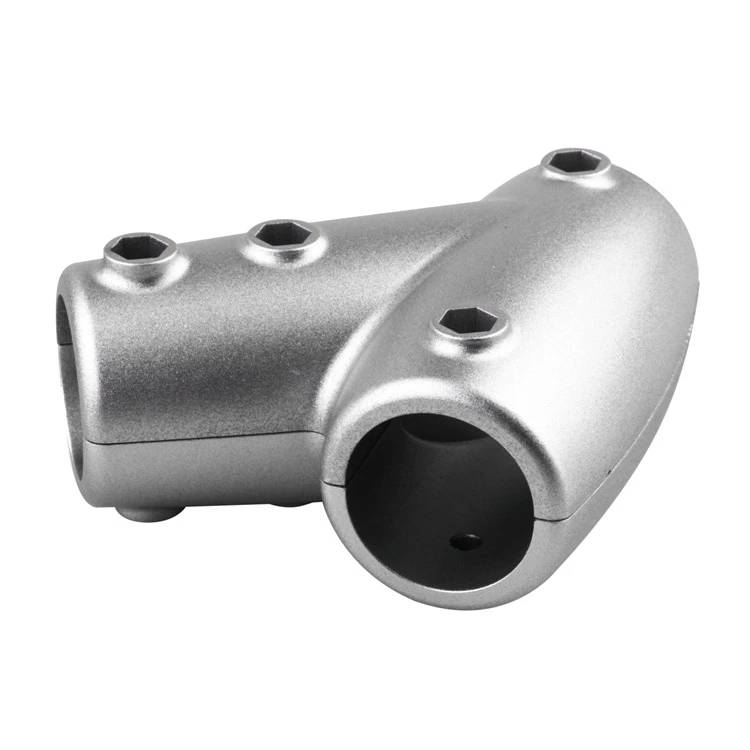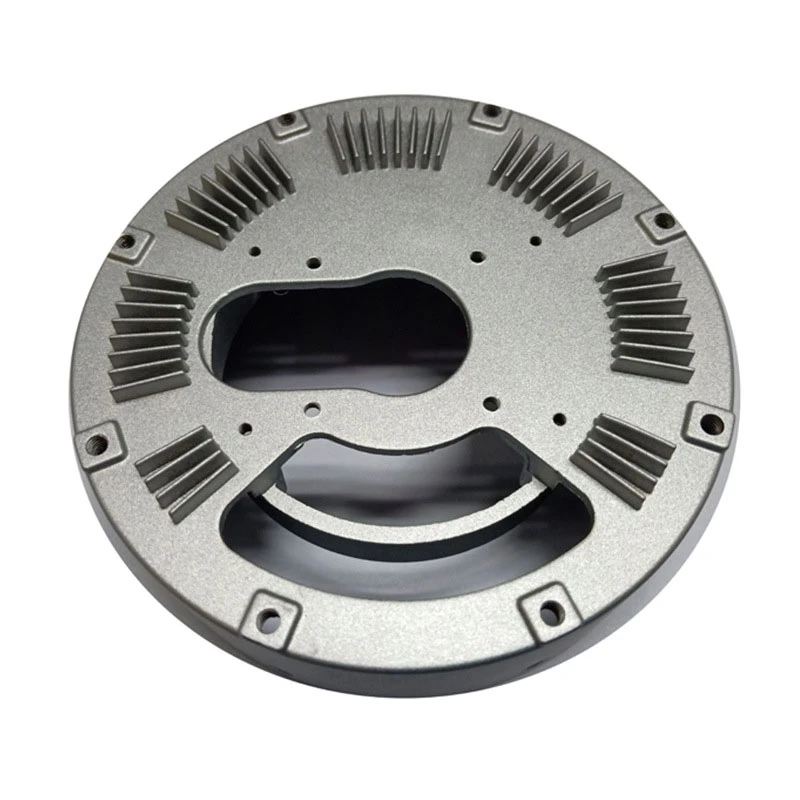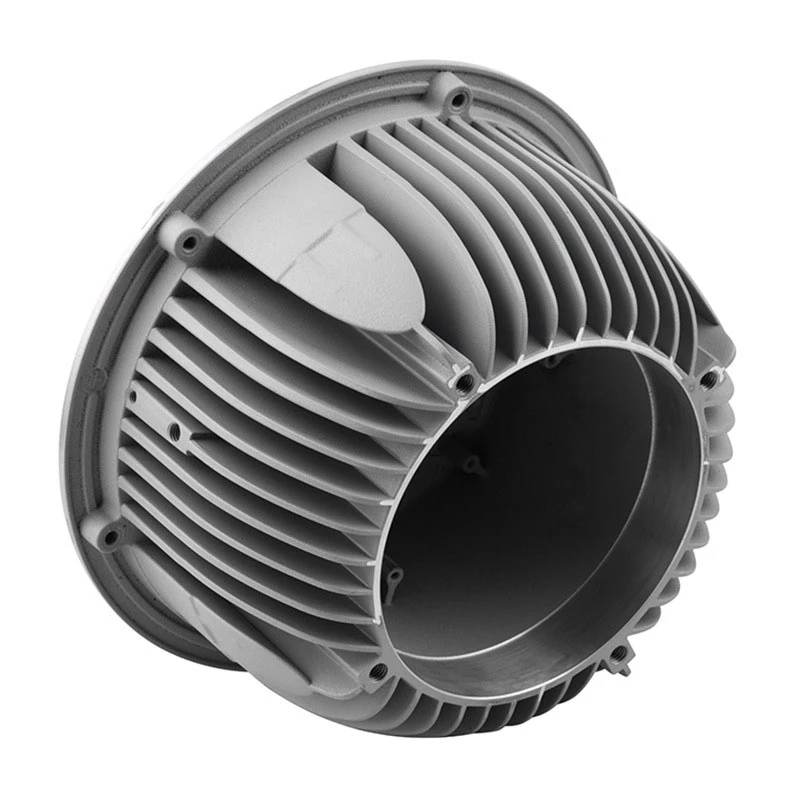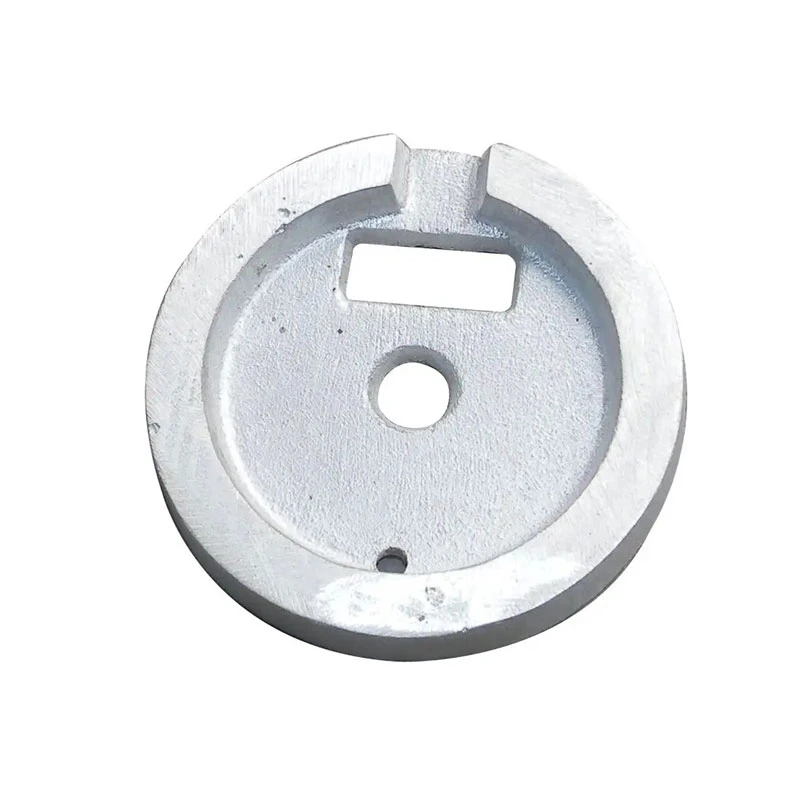Innovations in Automotive Body Stamping Techniques for Enhanced Production Efficiency
The Role of Car Body Stamping in Automotive Manufacturing
The automotive industry is a complex web of technologies and processes that come together to produce the vehicles we rely on every day. Among these processes, car body stamping is a crucial step that has a profound impact on both the efficiency of production and the quality of the final product. This article will delve into the world of car body stamping, exploring its significance, methodologies, and ongoing innovations.
What is Car Body Stamping?
Car body stamping is the process of creating metal parts for vehicle bodies through the use of stamping machines. This manufacturing technique involves taking flat sheets of metal—commonly steel or aluminum—and shaping them into predefined forms through various processes like cutting, bending, and drawing. The resulting components include critical parts such as door panels, hoods, and fenders, which collectively constitute the outer shell of the vehicle.
The Importance of Precision in Stamping
One of the primary reasons car body stamping is so vital in automotive manufacturing is its emphasis on precision. The body of a vehicle must not only meet aesthetic standards but also adhere to safety regulations and performance metrics. Stamping technology enables manufacturers to achieve high levels of precision with tolerances of just a few millimeters. This accuracy ensures that components fit together seamlessly, which is essential for both structural integrity and safety.
Moreover, precise stamping reduces the need for extensive post-production adjustments. This directly contributes to shorter production cycles and lower manufacturing costs, ultimately allowing for more competitive prices for consumers.
Innovations in Stamping Technology
The field of car body stamping has witnessed significant advancements over the years, driven by the demands of modern automotive engineering. One such innovation is the introduction of computer numerical control (CNC) technology in stamping processes. CNC machines allow for high-speed and highly accurate machining of metal parts, which increases efficiency and reduces waste. Additionally, the use of artificial intelligence (AI) in the design phase of stamping can optimize the shape and thickness of metal components, further enhancing performance and reducing material consumption.
car body stamping

Another notable trend in car body stamping is the integration of lightweight materials. As fuel efficiency becomes a primary concern for both manufacturers and consumers, the industry has begun to favor materials like high-strength steel and aluminum alloys. Stamping processes have evolved to accommodate these materials, ensuring that manufacturers can produce lightweight, yet durable, vehicle bodies without compromising on safety.
Sustainability in Stamping Processes
In recent years, sustainability has become a paramount concern for the automotive industry. Car body stamping is no exception, and efforts are being made to reduce the environmental impact of this manufacturing process. For instance, companies are investing in technologies that minimize scrap metal and maximize energy efficiency. Additionally, recycling initiatives for metal components are being heightened, aligning with global efforts towards sustainability.
Many manufacturers are exploring the possibility of using renewable energy sources to power their stamping facilities, further reducing the carbon footprint associated with production. Such initiatives not only help companies meet regulatory requirements but also resonate with consumers who increasingly demand environmentally friendly practices from the brands they support.
The Future of Car Body Stamping
Looking ahead, the future of car body stamping seems promising as the industry continues to innovate. As electric vehicles (EVs) become more prevalent, the design and production of their bodies will present unique challenges and opportunities in stamping technology. Lightweight and compact designs will be necessary to enhance battery efficiency and performance, driving further advancements in stamping techniques.
Moreover, advancements such as 3D printing and smart factories are poised to revolutionize the way car body components are manufactured and assembled. These innovations could lead to unprecedented levels of customization and efficiency, shaping the future landscape of automotive manufacturing.
Conclusion
Car body stamping is a foundational aspect of automotive manufacturing that continues to evolve in response to technological advances and market demands. As the industry seeks to produce safer, lighter, and more sustainable vehicles, stamping technology will be at the forefront, driving innovation while ensuring the integrity and performance of the vehicles we drive. In this ever-changing landscape, the role of car body stamping remains critical, underscoring the intricate interplay between technology, efficiency, and quality in automotive production.
-
Technocrats Die Casting Solutions – Precision Hot & Cold Chamber Die Casting ExpertsNewsJun.24,2025
-
Precision Glass Machining Solutions Sand Casting Glass & Abrasive Water Jet Machining ExpertsNewsJun.24,2025
-
Top Extras Casting Solutions Die Casting and Sand Casting Experts High-Quality Casting and Die Casting ServicesNewsJun.10,2025
-
Top SS Casting Manufacturer Aluminum Die Casting Manufacturer China Precision Die Casting Company SupplierNewsJun.10,2025
-
High-Quality Brass Casting Sand for Precision Sand Casting Brass at HomeNewsJun.10,2025
-
Affordable Aluminum Sand Casting Solutions Custom PartsNewsJun.09,2025















